Lab: Multimodal Media Madness (M3) Summer 2014: Thinking Skins - Smart Facades for Smart Houses

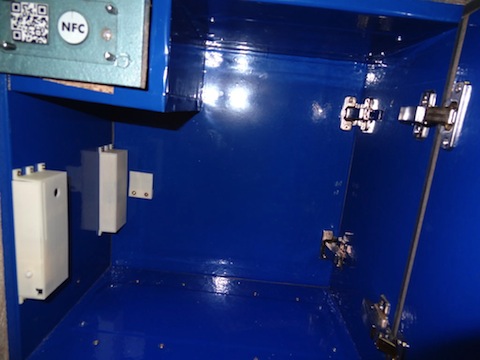
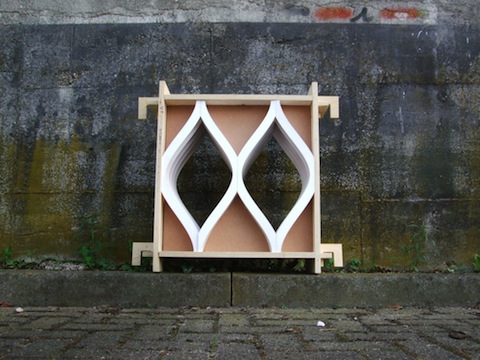
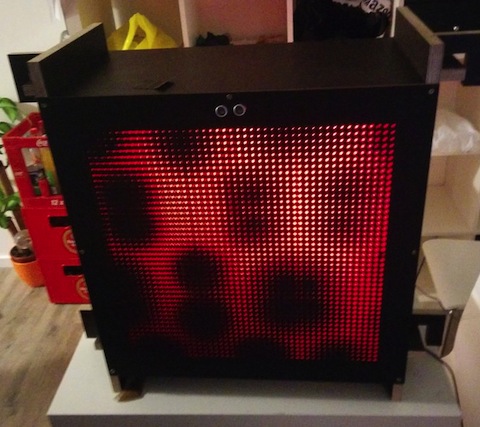
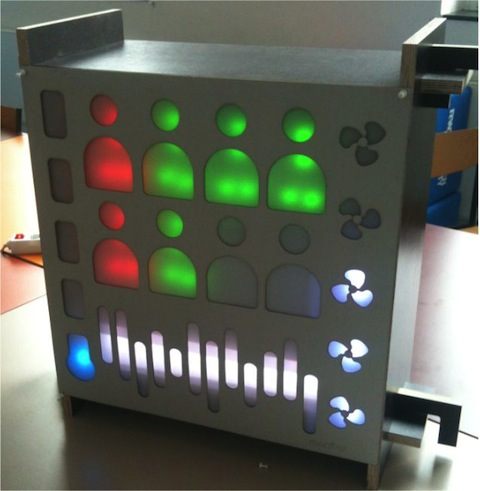

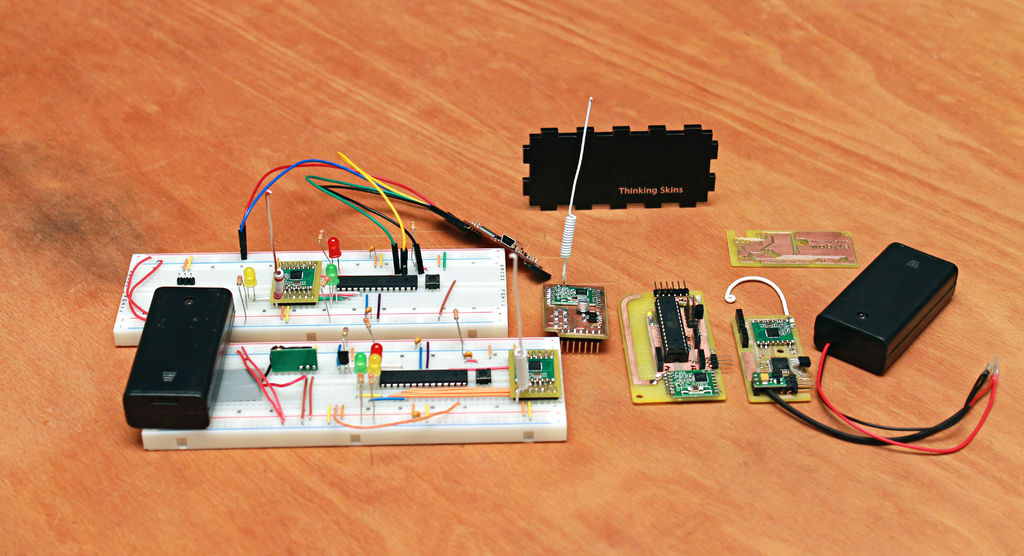
This summer, you will be part of a team that creates an interactive sensor network for smart houses.
You will learn a lot about home automation and personal fabrication.
Your team will be joined by architects. They will build the houses and help you with the visual design.
Besides the constructive, materialistic parts, many tasks in and at a building may or have to be managed by active, intelligent and interactive systems. As there are lighting, shading, temperature and moisture control, ventilation, access and intrusion control, fire alarm, and so on.
In teams of at least one architect and one computer scientist the goal is the design, in both points of view, of an technically intelligent facade element, which can be used in a larger office building as well as a relevant part of the wiki house. One of the most important subtasks is communication, which should be possible among all elements developed.
A facade element is characterised by the interconnection of inside and outside, in many ways. It can sense to in- and outside, and it can transport light or air or heat from one side to the other, or it can do things on one side dependent on things happening on the other.
The element is responsible for the quality of residence in its domain. In first order this is temperature and light, but there are many other aspects, which could be fulfilled. The requirements may be general, or more specific to the Wiki House concept.
From the electronics point of view, we start over with a Arduino-based setup. Almost everything can be connected there. As the WIki House concept is one of the drivers of this project, energy efficiency of the entire system is an important aspect.
Final Projects
- Arduino Powered Autonomous Pneumatic Facade
- IsoLocker - Cooling Storage Element
- Monitor - Real-time Shared Space Monitoring System
- m3RFM - A Mobile RF Duino For Smart Facades
- MossSolar - Solar-powered Moss Facade Element
- Polarizing Window - Rotates Polarizing Material For Light Control
- SonicMoiré - An Accustic Filter Wall Module
Your Goal:
Connect sensors to an Arduino, send the data to the cloud and analyse it. Create a nice user interface for the data visualisation and for controlling motors and lights in the houses.
A smart house knows when to lower the blinds or when to switch on the lights.
Don't be afraid of electronics! It is super easy and lots of fun!!
Things you'll learn:
- Processing, an innovative programming environment to quickly develop interactive apps on any platform. It is based on Java.
- Arduino, a great microcontroller platform to quickly and easily prototype simple embedded electronic devices.
- Eagle CAD, an editor for electronics. You will learn how to layout basic PCBs (electronic circuits)
- openSCAD, an editor for 2D and 3D designs.
- Raspberry Pi, a complete embedded Linux computer for $25
- Using laser cutters, 3D printers, and PCB mills in our Fab Lab, great tools to quickly prototype and create the physical enclosures for your devices
Kickoff Meeting
We will have a first meeting at 15:00 in room 2222. Date: 19.3.
Please be there!
Schedule
We will meet every wednesday at 13:30 - 15:30.
- 10.04. 17:00 in room HKW1 (near SuperC)
- 17.04. 16:00 in room 312 (Reiff Museum)
- 23.04. - room 2212
- 30.04. - room 4U15
- 07.05. - room 4U15
- 14.05. - room 4U15
- 21.05. - room 4U15
- 28.05.
- 04.06.
- 18.06.
- 02.07.
- 09.07.
- 16.07.
L2P
A link to our "Lernraum": https://www2.elearning.rwth-aachen.de/ss14/14ss-29591/
For more information, check the campus system.

